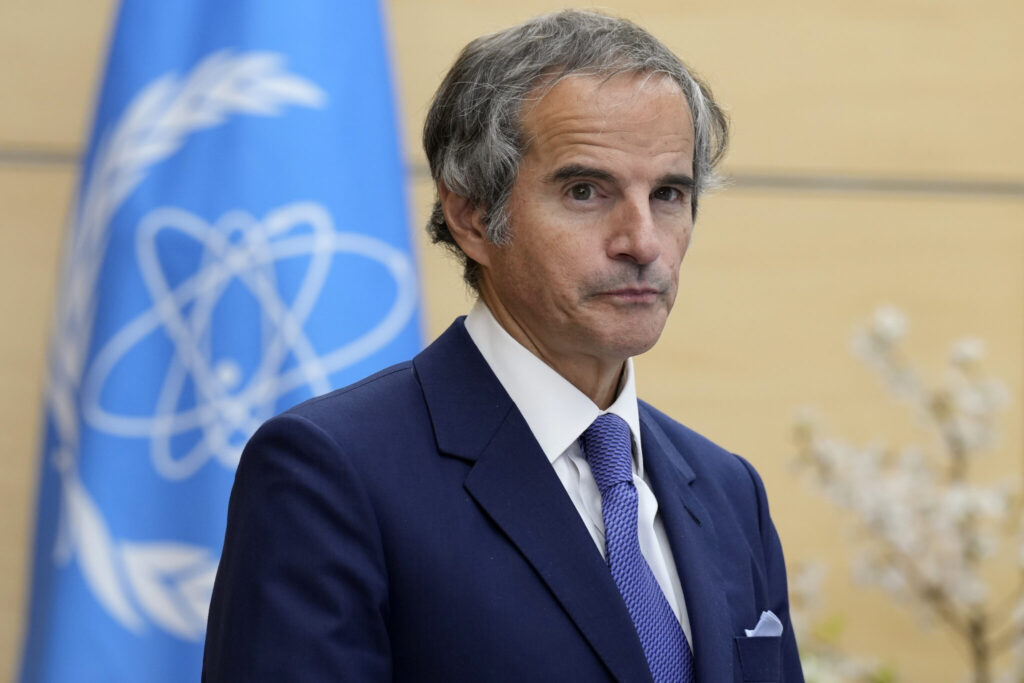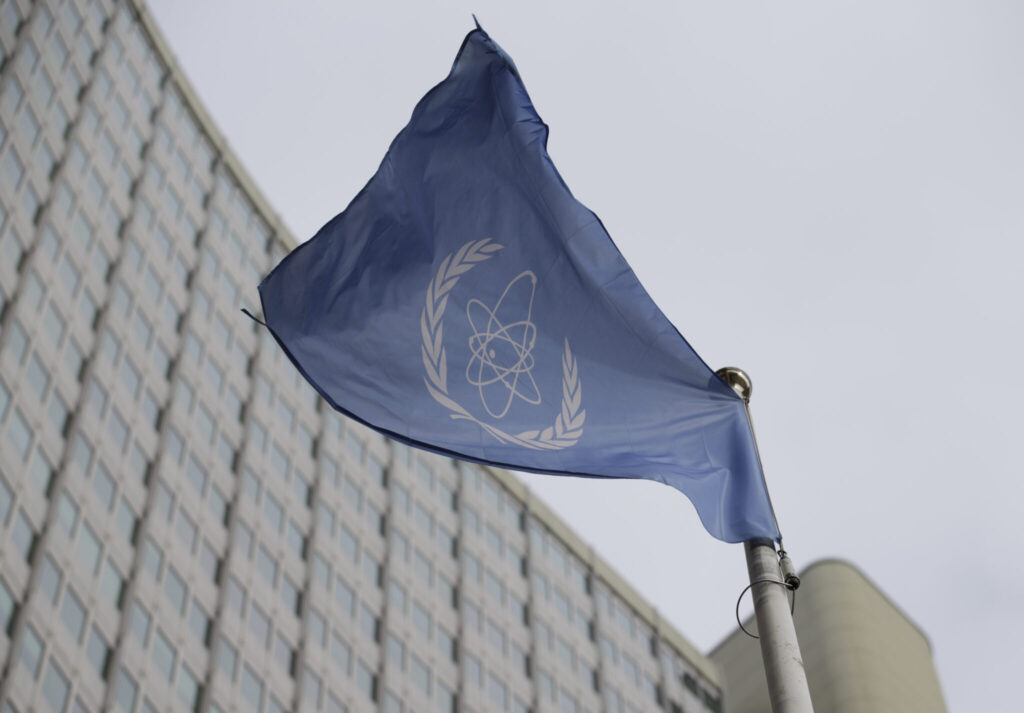Iran uranium/ enriched uranium levels/ IAEA report/ weapons-grade uranium/ nuclear monitoring/ Newslooks/ VIENNA/ J. Mansour/ Morning Edition/ The UN’s nuclear watchdog has reported a significant increase in Iran’s uranium stockpile enriched to near-weapons-grade levels, sparking global concern. The International Atomic Energy Agency (IAEA) noted that Iran’s stockpile of uranium enriched to 60% rose by 17.6 kg since August, edging closer to the threshold for weaponization. The situation escalates amid stalled cooperation and limited monitoring access, with Western nations considering censuring Iran.

Iran’s Uranium Stockpile: Quick Looks
- Increased Stockpile: Iran now has 182.3 kg of uranium enriched to 60%, nearing weapons-grade levels.
- IAEA Findings: As of October 26, Iran’s total enriched uranium stockpile has grown to 6,604.4 kg.
- Weaponization Concerns: 42 kg of 60%-enriched uranium could theoretically yield one nuclear weapon if enriched further to 90%.
- IAEA Monitoring Gaps: Limited progress on reinstating removed monitoring equipment and addressing the agency’s concerns.
- Diplomatic Strain: Iran’s pledges for cooperation face skepticism ahead of the IAEA Board of Governors meeting.
- Potential Retaliation: Iran threatens counteractions if censured by Western nations.
UN Nuclear Agency Confirms Iran’s Uranium Stockpile Near Weapons-Grade
Deep Look
The United Nations’ nuclear watchdog, the International Atomic Energy Agency (IAEA), has raised alarms over Iran’s continued increase in its uranium stockpile enriched to near-weapons-grade levels. A confidential report released Tuesday revealed that Iran now possesses 182.3 kilograms (401.9 pounds) of uranium enriched up to 60% purity, a significant increase of 17.6 kilograms since the last update in August.
Approaching the Weaponization Threshold
Uranium enriched to 60% is just a technical step below the 90% purity required for weapons-grade material. Experts suggest that 42 kilograms (92.5 pounds) of uranium enriched to 60% could suffice for one nuclear weapon if further refined. The IAEA’s latest figures indicate Iran is inching closer to that threshold, with an overall stockpile now totaling 6,604.4 kilograms (14,560 pounds). This represents an increase of 852.6 kilograms (1,879.6 pounds) over the last two months.
Despite its assertions that the nuclear program is intended for peaceful purposes, Iran has drawn widespread scrutiny and warnings. Rafael Mariano Grossi, the IAEA’s director general, noted Tehran has amassed enough material for several nuclear bombs if it chooses to enrich further. Complicating matters, the IAEA cannot verify that none of Iran’s centrifuges have been secretly diverted for clandestine enrichment activities.
Challenges to Cooperation
The IAEA report criticized Iran for failing to take meaningful steps to improve cooperation, even after Grossi’s visit to Iran last week. During talks with key Iranian officials, including Atomic Energy Organization chief Mohammad Eslami and President Masoud Pezeshkian, Grossi sought commitments to halt the enrichment of uranium to 60% and introduce verification measures. While Iran expressed willingness to address certain concerns, its actions remain under scrutiny.
On November 16, a day after Grossi’s departure, IAEA inspectors confirmed that Iran began preparatory steps to limit its 60% enriched uranium stockpile at the Fordow and Natanz nuclear facilities. However, Tehran’s broader commitments, including reinstalling dismantled monitoring equipment and granting access to crucial data, remain unfulfilled. Notably, no progress has been made on restoring surveillance cameras removed in June 2022.
Political Ramifications
The IAEA Board of Governors is set to convene this week in Vienna, with Western nations reportedly considering a resolution to censure Iran over its lack of compliance. Such a move could escalate tensions, as Iranian officials have warned of potential retaliation. Grossi acknowledged that these diplomatic efforts might falter if punitive measures are pursued.
Complicating the situation, Iran previously barred several experienced IAEA inspectors in September 2023, further limiting oversight capabilities. Although Tehran recently agreed to consider the appointment of four new inspectors, the lack of tangible progress has left the international community on edge.
Limited Monitoring and Transparency
A significant challenge remains the restricted access to monitoring data. Since the removal of key surveillance equipment, the IAEA has been unable to guarantee the peaceful nature of Iran’s nuclear activities. The only recorded data available is from cameras installed in May 2023 at a centrifuge workshop in Isfahan, but even this data has not been shared with the agency.
What’s Next?
As diplomatic pressure mounts, the international community faces a critical decision on how to address Iran’s nuclear advancements. The outcome of the IAEA meeting in Vienna will likely influence the trajectory of negotiations, with potential implications for regional stability and global non-proliferation efforts.







